COVID-19, declared as a pandemic, is a highly infectious disease that transmits through droplets released into the air when an infected person coughs or sneezes. As of 13 July 2021, over 188 million people globally and above 658 thousand people across Nepal have been infected with COVID-19. Furthermore, the pandemic has taken lives of above four million individuals in the world and over nine thousand individuals in Nepal. Everyone including health workers was completely unaware of COVID-19 when it emerged as a contagious disease at the beginning, resulting the rapid surge of the cases and deaths due to untimely management and absence of known therapeutic measures. However, researchers across the globe started conducting a bulk amount of studies to explore the disease and its transmission, clinical features, preventive and therapeutic measures.
Considering the popular quote, “Prevention is better than cure”, the world focused on prevention of COVID-19. The researches revealed physical distancing, use of masks and hand washing/hand sanitizing as preventive measures of COVID-19. Similarly, many researches were conducted for vaccine development. As of now, thirteen different vaccines have been administered in different parts of the world while only six vaccines are listed for Emergency Use Listing (EUL) by World Health Organization (WHO).
Vaccination against COVID-19 have been started all over the world and it has been demonstrating a significant impact on number of COVID-19 cases and hospitalizations minimizing severity of the disease. Vaccines have never been the way out of this crisis on their own but it is demonstrating just what a powerful tool they are to battle back against this virus.
In a presentation at National Summit organized by Nepal Health Research Council (NHRC) recently, Prof. Dr. Navin Kumar Vaidya, an Associate Professor of Mathematics at San Diego State University, USA, stressed that vaccination is only one long term way to prevent and control the pandemic (in Nepal) at present. As limitations in global access to vaccines remain apparent, the threat of COVID-19 is still present. Nepal is not an exception to this reality. The country is struggling to purchase vaccines although two neighbouring countries India and China have emerged as big vaccine producers. For instance, 1.4 million vulnerable Nepali citizens aged 65 and above are still waiting for their second dose of Covishield (AstraZeneca) since four months but the government of Nepal could not manage the vaccines for senior citizens because COVAX, a global initiative for equitable access to COVID-19 vaccines, was unable to provide Covishield vaccines as per the agreement after the India banned the export of the vaccines.
Although vaccination is taken as vital measure for the pandemic control, its duration of protection and efficacy on other evolving SARS-CoV-2 variants are still ambiguous. Furthermore, COVID-19 has resulted several unprecedented clinical challenges weakening the entire health system. Therefore, it is very important to discover therapeutic measures for COVID-19. In this regard, huge number of Randomized Controlled Trials (RCTs) have been conducted on existing and new drug treatments for COVID-19 which had positively contributed the world by generating evidences. However, Professor Sir Peter Horby, a Director of Pandemic Sciences Center at the Univeristy of Oxford, another presenter at NHRC summit, stated that massive therapeutic uncertainty regarding COVID-19 treatment is quite evident because there were several opinions from many researchers which are mostly not based on evidence and were obtained from unreliable data such as uncontrolled case series, small inconclusive randomized trials and so on. Thus, there is still a lot to be done in clinical trials which should be simple, big and quick enough to address the pandemic curve.
Recently, the WHO has recommended Interleukin-6 receptor blockers (Tocilizumab and Sarilumab) for COVID-19 treatment. In addition, WHO has recommended the use of dexamethasone and other corticosteroids for COVID-19 treatment whereas it restricted the use of Hydrochoroquine, Lopinavir-Ritonavir for COVID-19 treatment and suggested to use Ivermectin for clinical trials only.
Interleukin-6 receptor blockers emerging as a life-saving drug for COVID-19 has shown a ray of hope to the people suffering from COVID-19 across the world. However, WHO Director-General Dr. Tedros Adhanom Ghebreyesus said that the drug remains inaccessible and unaffordable for the majority of the nations, mostly low and middle income countries like Nepal. Thus, the government of Nepal should immediately work and strengthen its international relations for managing the life-saving drug as the country is currently in the grips of second wave of COVID-19 and preparing with very limited resource for third wave of COVID-19.
Globally, COVID-19 deaths are increasing on a daily basis and the whole world is struggling. The situation is even worse in countries with weak health system and low vaccine coverage. It has become a huge challenge for the world to control the outbreaks of COVID-19. Therefore, researches on therapeutics and vaccines development along with epidemiological studies are essential to be conducted to control the pandemic.(Prabita Shrestha is a registered nurse and public health researcher associated with HERD International, a health research organization. The opinions expressed do not represent the views of organization she is associated with. She can be reached at lusaka740@gmail.com)

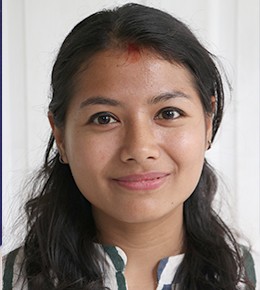
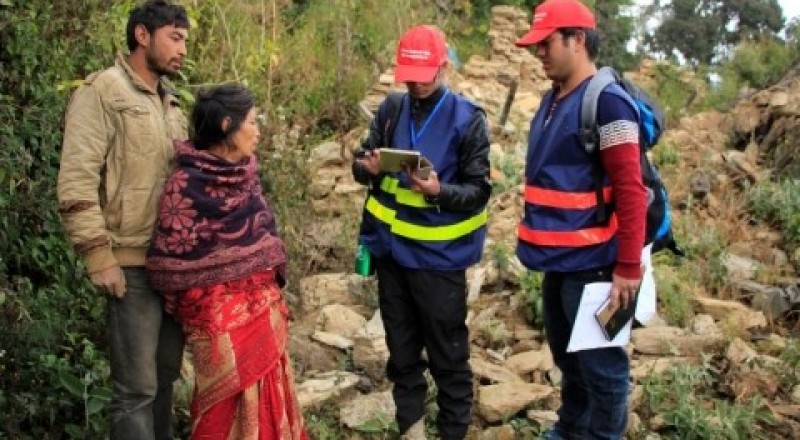
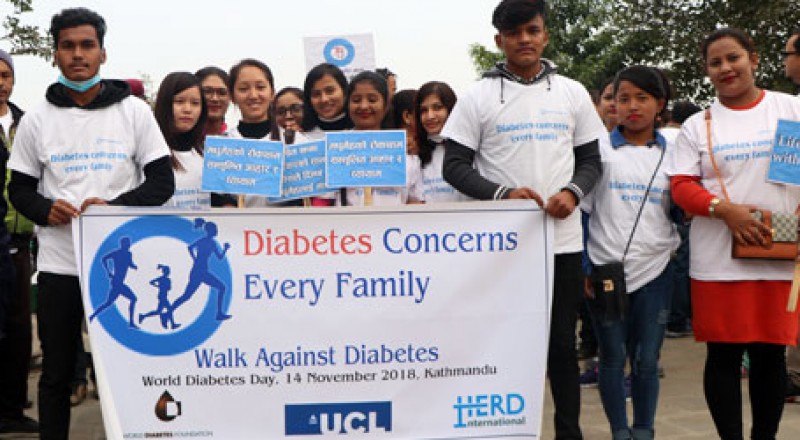
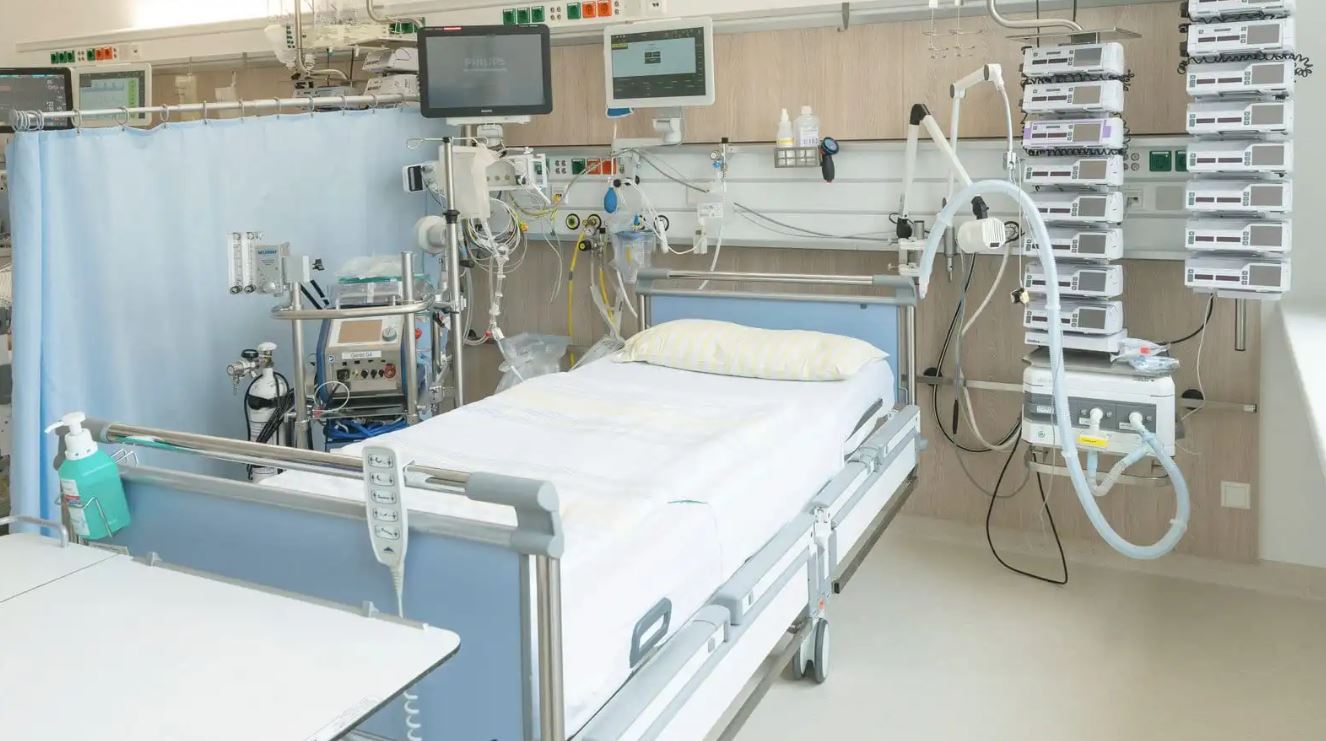
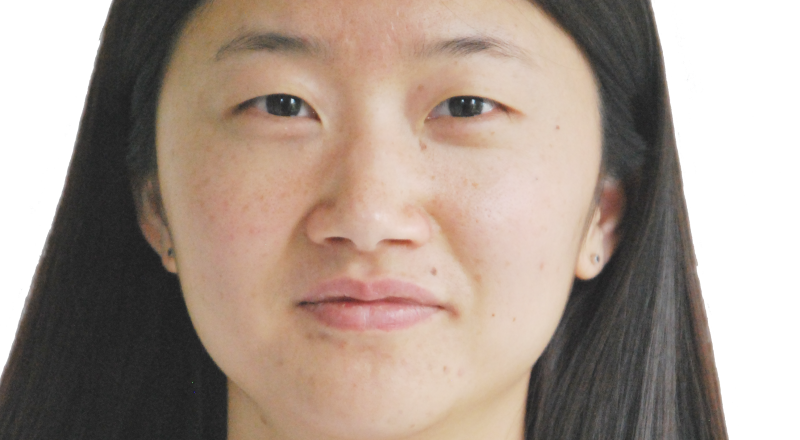
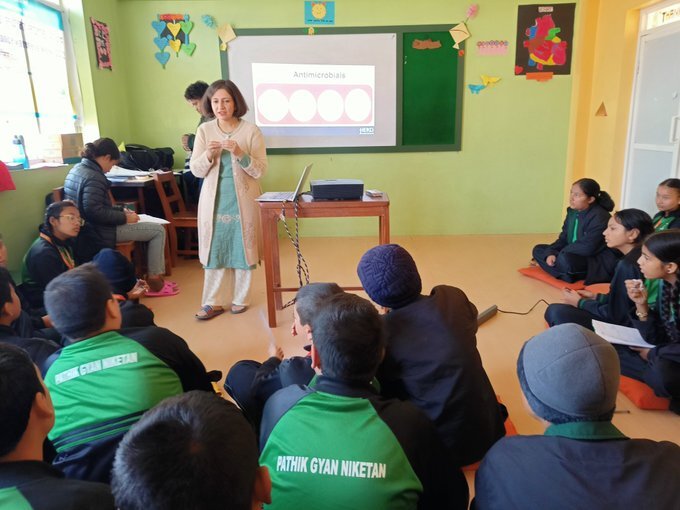
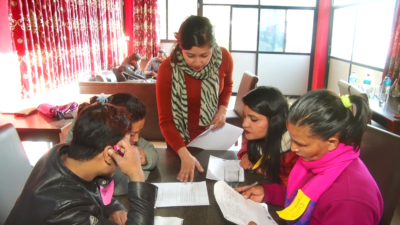
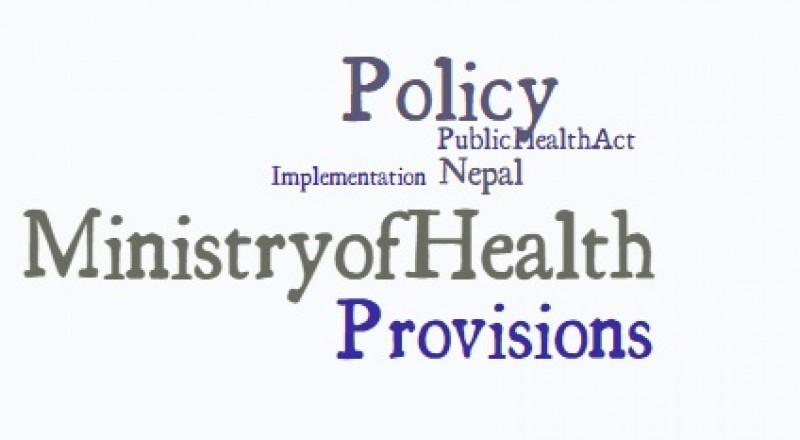

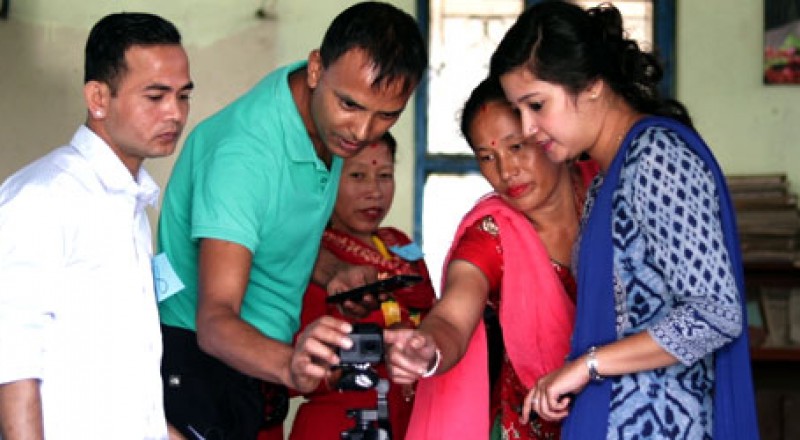
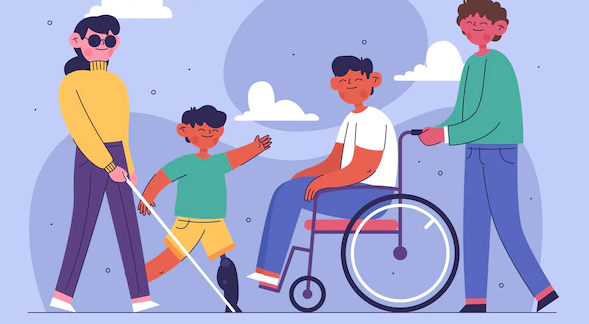
Comments (0)
No comments found.